Hanging Pawns – Fundamental Pawn Structures

It is very often nowadays that when we study pawn structures we tend to separate them into “good” and “bad” ones. Among the good, we put those queenside majorities, as fewer pawn islands as possible, strong pawn chains in the center, etcetera. Among the not-so-good structures, we consider having an isolated central pawn, doubled pawns, hanging pawns, and so on. The truth is that each structure has its own story and its potential depends fully on the position.
In our opinion it is very important to study the structures without being too dogmatic about them; keep an open mind and understand well when you can and when you cannot accept one of the mentioned structures.
The hanging pawns structure:
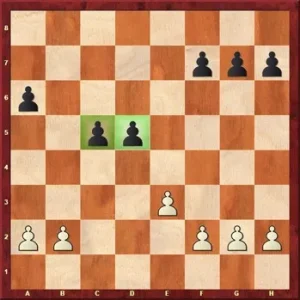
This is a very well-known structure. However, probably the most famous game with this pawn formation is Fischer vs Spassky in 1972 when the American simply crushed Spassky, making a terrible propaganda against the hanging pawns structure. A deeper look into it and you will discover that Spassky’s play can be improved.
The strategy when playing WITH the hanging pawns is to:
- Avoid trading pieces. Just like in the IQP positions it is necessary to keep the pieces in order to create the active play.
- Build up your position behind the pawns and prepare to advance one of them. The advance of one of these pawns usually opens the position and favors the side with the best piece coordination.
When playing against the hanging pawns you basically have to do the opposite of what’s listed above.
For example:
- Trades are good; the fewer pieces your opponent has the lesser chances of counter-play and the weaker the pawns become.
- Fix the pawns; make sure the advance will not harm your position. If possible, prevent the advance for good.
- Put pressure on them.
It is time to see now some recent examples of this theme in action.
Bacrot doesn’t mind! Neither should you.
Etienne Bacrot is one of those super GMs one can learn a lot from. He plays classical chess with a universal style. In recent games, we can see him playing with the hanging pawns with great success.
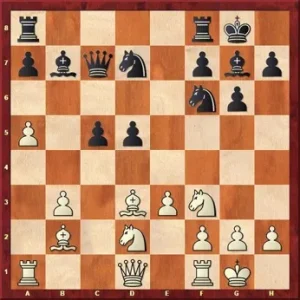
Richter, M – Bacrot,E
White employed a super solid system based on 1.d4 / 2.Nf3 / 3.e3 and in order to spice things up and get a double edged position Bacrot chose to play a double fianchetto with d5/e6 already played on the board. This is a highly interesting game for all aspects, from opening recommendation to middle-game play. See details here:
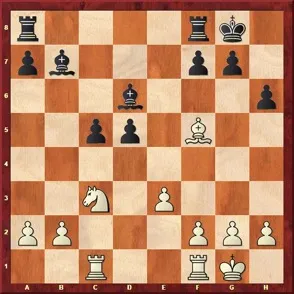
Battaglini, G – Bacrot, E
This was a rapid game; nevertheless, the quality of play is high enough for us to learn from it. The position above shows an interesting unbalance – white has a slightly better structure, but on the other hand black has the bishop pair. We can see that black has nothing to fear and, in fact, he is the one playing for an advantage. See the full game here:
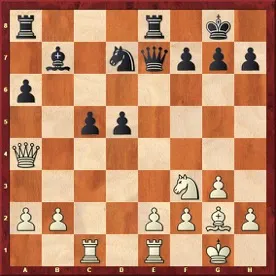
Studer,N – Bacrot, E
In this game black was actually under pressure after the opening, but a few imprecisions by white were enough for black to take over the initiative and win the game. This is a very interesting game that shows how to play against the hanging pawns, as white had achieved an excellent position up to one point. See details here:
Bonus:
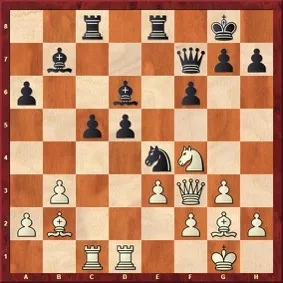
So, W – Bacrot, E
This was a blitz game, but it shows the two strategies in action. Bacrot as black obtained a better position after Wesley made a slight mistake. Nevertheless, in blitz the advantages go from one side to the other with ease. See this interesting game here:
As we can see from these games by Bacrot, such structures tend to be dynamically balanced and are quite playable for black, especially if playing for a sharp game with chances to win. Our advice is to keep this option open; in many of the most common openings we have a chance to choose this structure. Thanks for reading and feel free to share your thoughts with us!
Thanks for reading and feel free to share your thoughts with us!



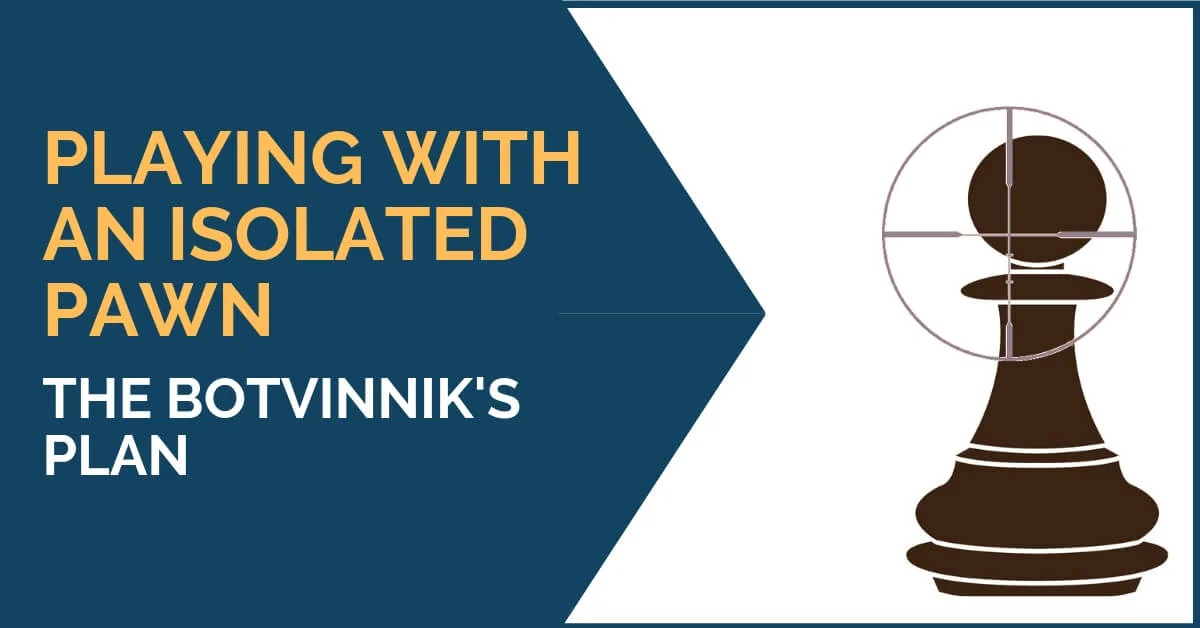
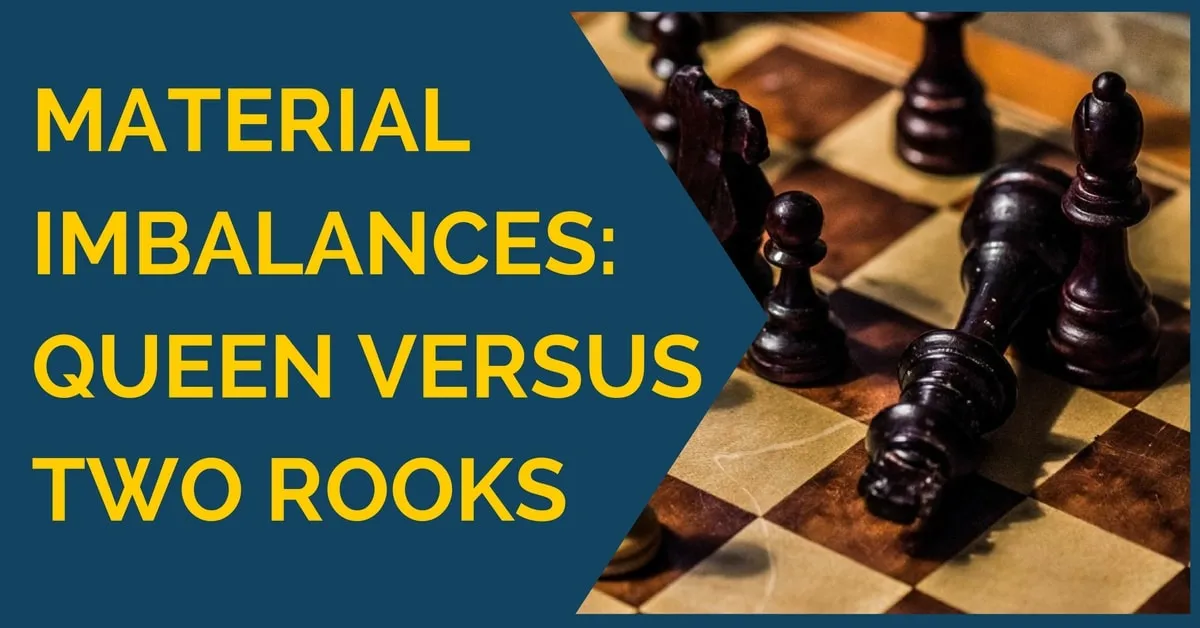
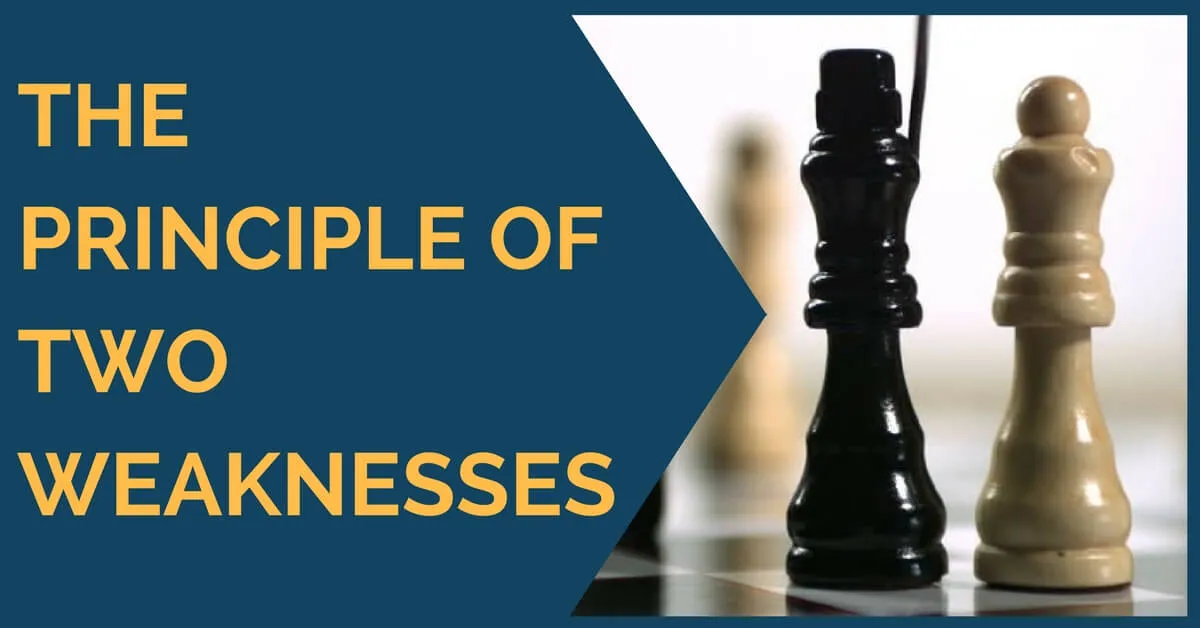




Comments: